Leptoseris Care Guide – Care, Feeding & Lighting Tips
Introduction
Leptoseris corals (Leptoseris species) are prized LPS corals that bring a unique aesthetic to reef aquariums. Known for their thin plating growth and brilliant fluorescence under actinic lighting, they stand out in any reef display. Unlike many corals, Leptoseris thrive in lower light conditions, making them a great option for shaded areas or deeper reef-style setups.
Scientific Name & Identification
Leptoseris corals are part of the Lobophylliidae family and are easily identified by their ultra-thin plating growth, small polyps, and ability to encrust surfaces. Their plates often overlap in layered patterns, creating textured growth that glows vividly under blue light.
Their fluorescence is one of their key identifiers—many morphs feature bright oranges, greens, and reds that pop dramatically in reef lighting.
Natural Habitat
In the wild, Leptoseris are found throughout the Indo-Pacific, particularly in deeper reef slopes ranging from 30 to over 100 feet in depth. These shaded environments with reduced light intensity explain their preference for low-light conditions in aquariums.
Aquarium Care & Setup
To successfully keep Leptoseris corals, aquarists should maintain stable water chemistry and replicate their natural low-light habitat.
-
Temperature: 74–80°F (23–27°C)
-
pH: 8.1–8.4
-
Salinity: 1.024–1.026
-
Flow: Low to moderate. Gentle currents prevent detritus buildup without damaging fragile tissue
-
Lighting: Low to moderate (30–100 PAR). Too much light can cause bleaching or death
-
Placement: On lower rockwork, shaded crevices, or areas shielded from direct light. Allow space for plates to spread
Feeding Leptoseris
Leptoseris rely primarily on photosynthetic zooxanthellae but can benefit from supplemental feedings. Fine foods like reef roids, phytoplankton, and powdered coral diets can enhance growth and coloration. Feeding is best done in low flow so particles settle onto the polyps.
Growth and Behavior
Leptoseris exhibit plating growth, often overlapping in thin layers that form delicate structures. Growth is slow to moderate, making them easier to manage than faster-growing encrusting corals. They are non-aggressive but sensitive, so care should be taken to avoid damage from nearby stinging corals.
Tankmates
These corals thrive with peaceful reef-safe fish and invertebrates. Ideal tankmates include tangs, gobies, wrasses, and cleaner shrimp. Aggressive corals with long sweepers should be placed at a distance.
FAQs about Leptoseris Corals
Are Leptoseris corals beginner-friendly?
Yes, they are moderately easy to keep but require careful placement and low lighting.
What lighting do Leptoseris need?
Low to moderate lighting (30–100 PAR). They can bleach quickly if exposed to intense light.
How fast do Leptoseris grow?
They grow moderately to rapidly, encrusting rockwork with thin plating layers.
Do Leptoseris corals need feeding?
They can survive without, but supplemental feeding enhances coloration and growth.
Where should I place Leptoseris?
In shaded or lower areas of the tank where they receive low-intensity light and gentle flow.
Are Leptoseris aggressive?
No, they are peaceful corals and rely on careful placement to avoid damage from aggressive neighbors.
Conclusion
Leptoseris corals are a fantastic addition to reef aquariums, especially for hobbyists looking to fill shaded areas or create depth in their aquascape. Their thin plating growth, glowing fluorescence, and adaptability make them both visually stunning and rewarding to keep. With low to moderate lighting, gentle flow, and occasional feeding, Leptoseris thrive and add a unique texture to the reef.


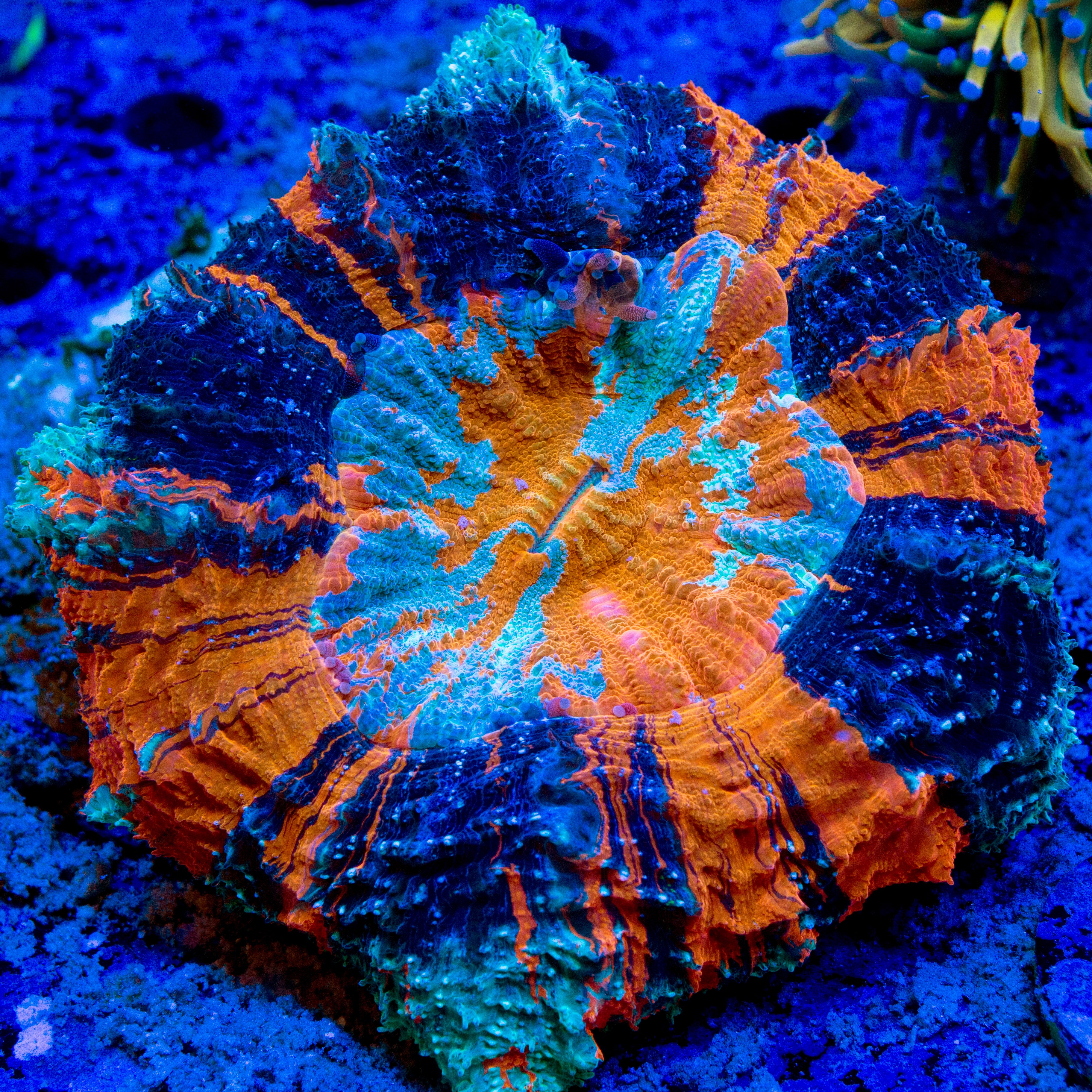
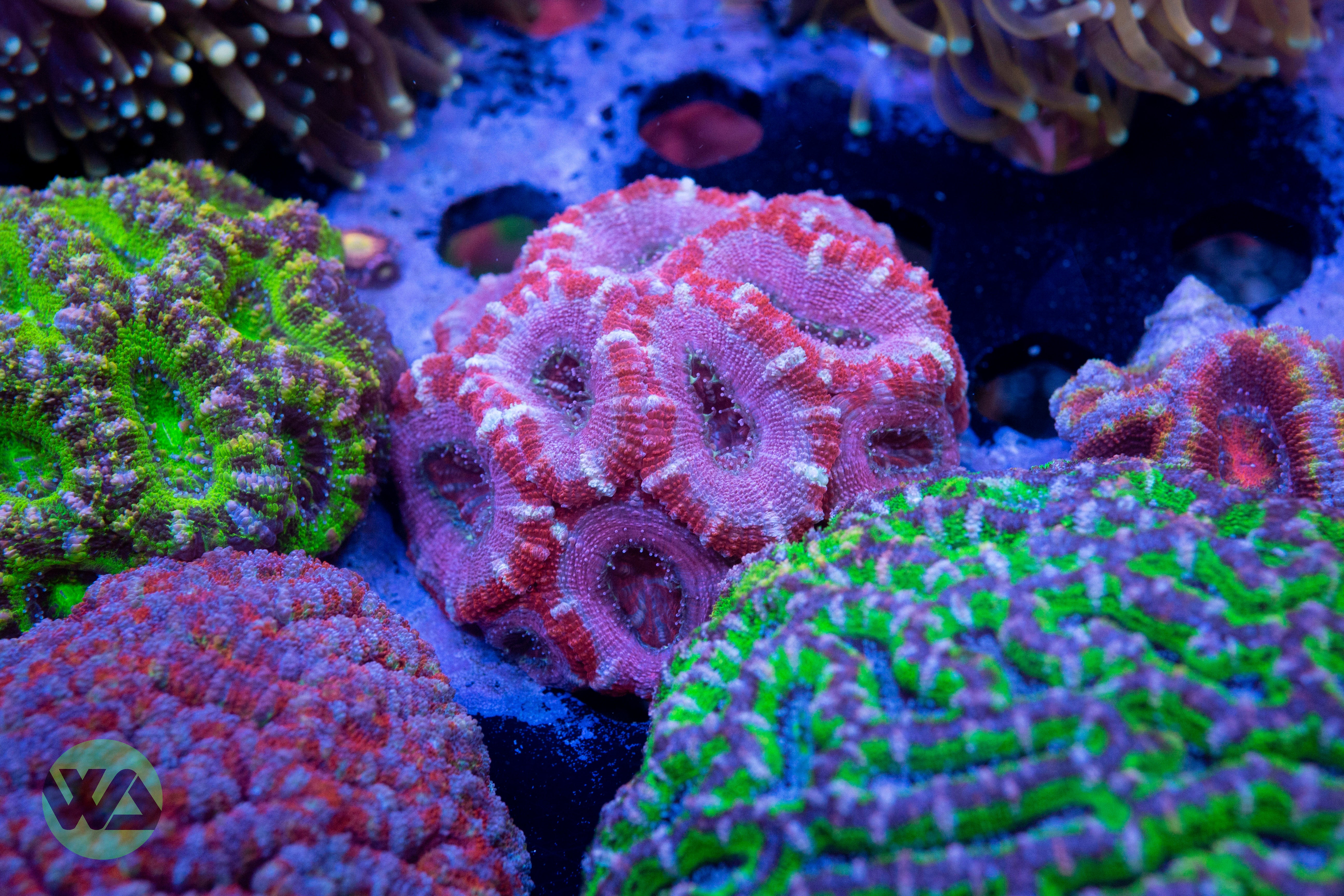
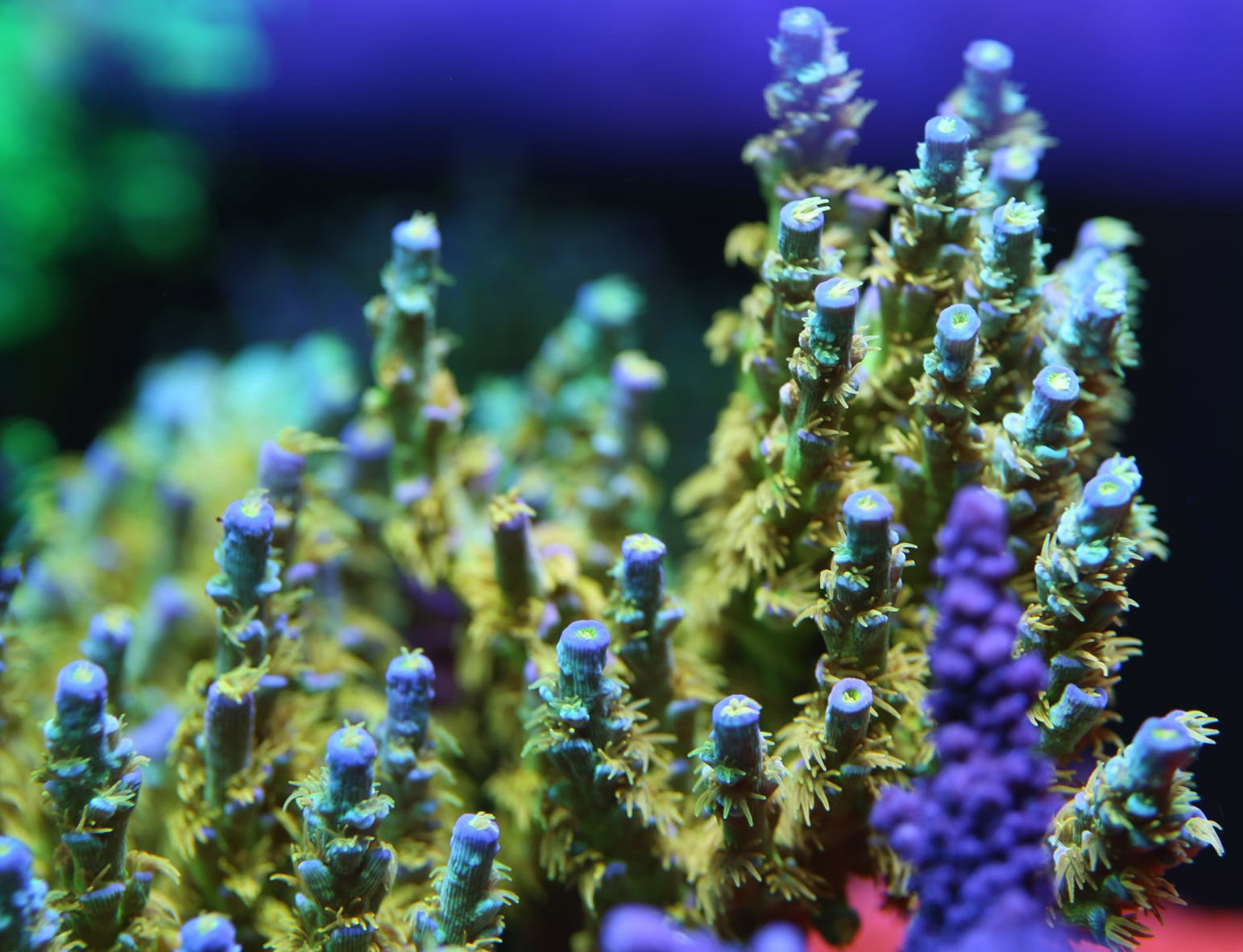
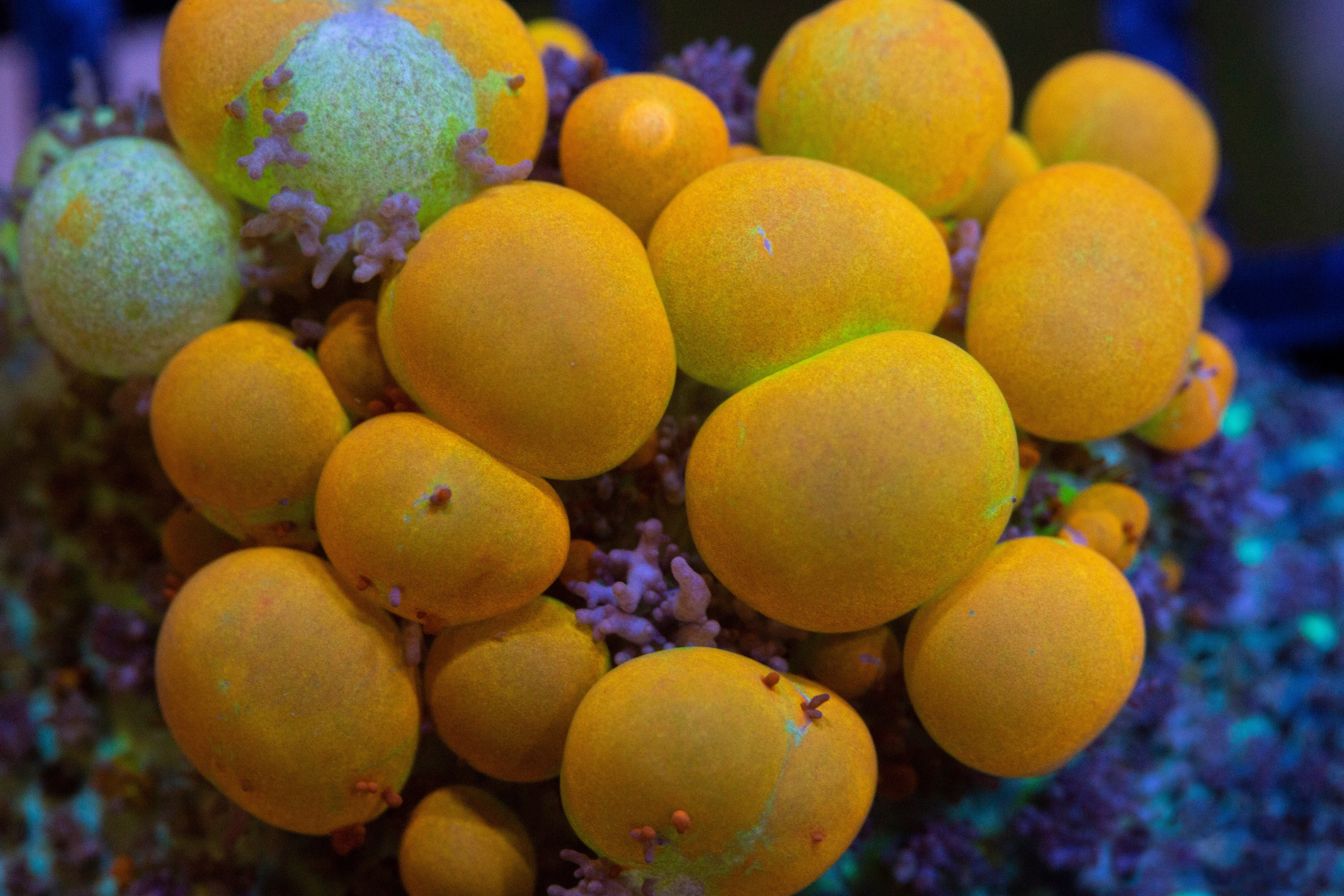
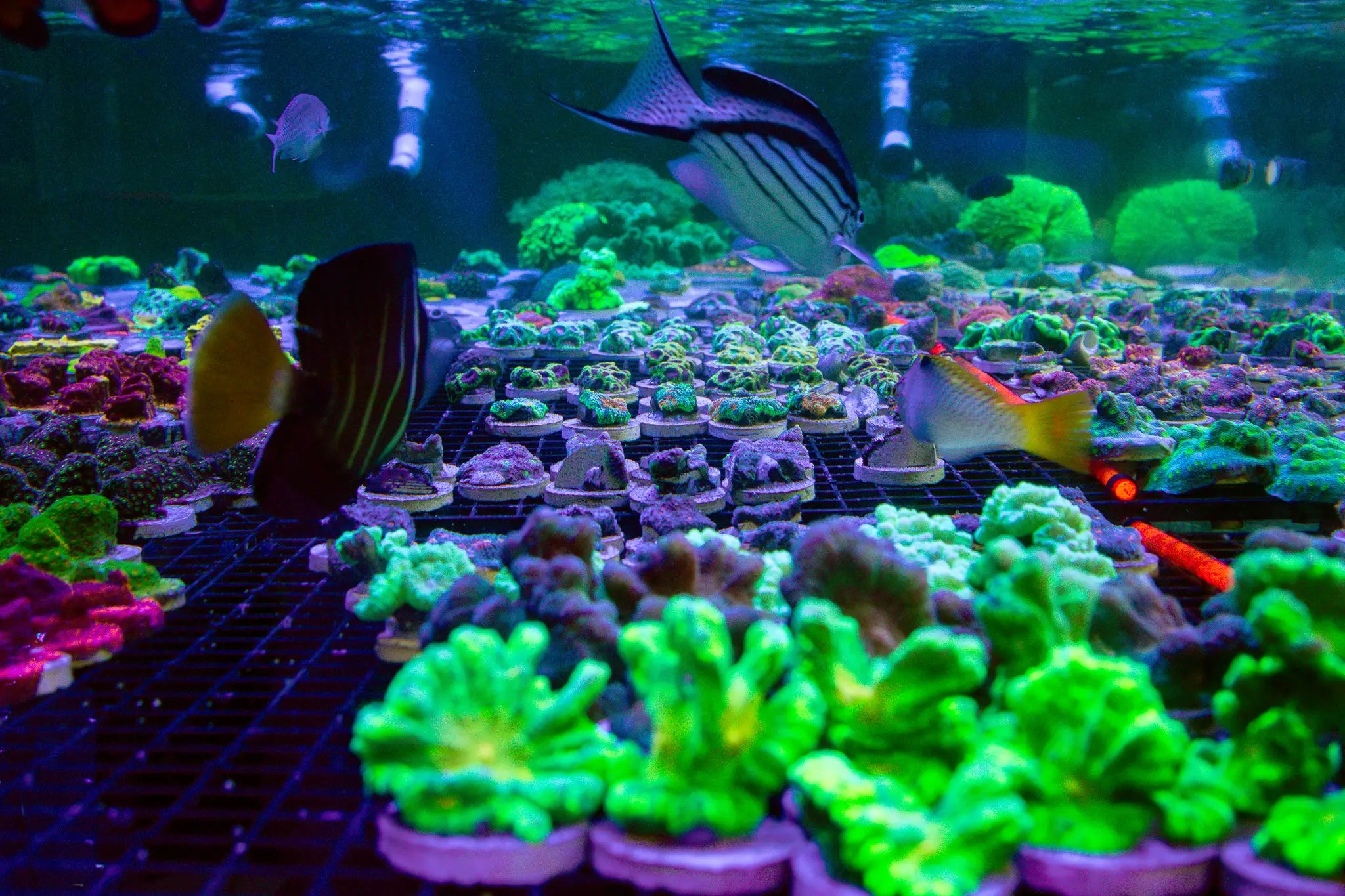

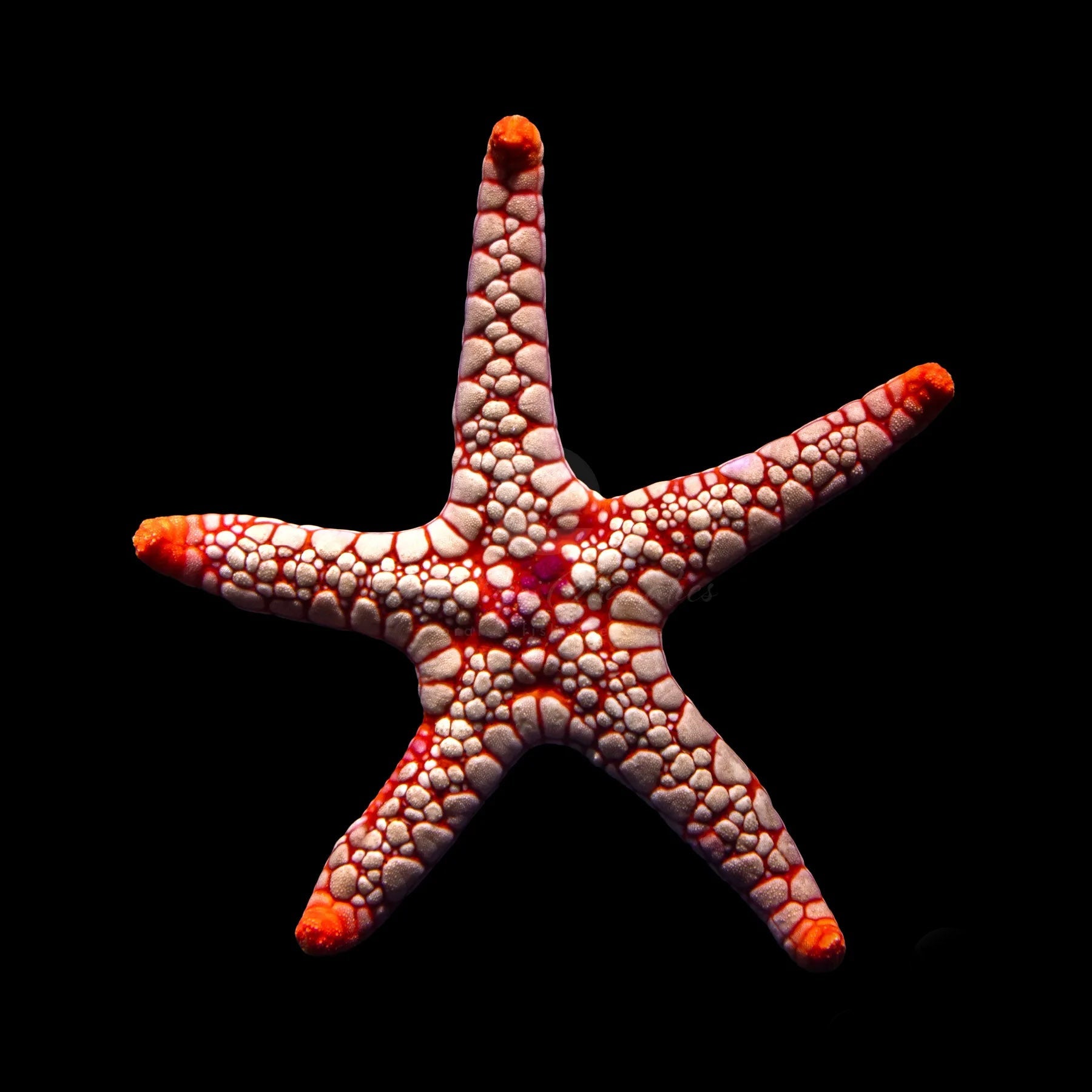
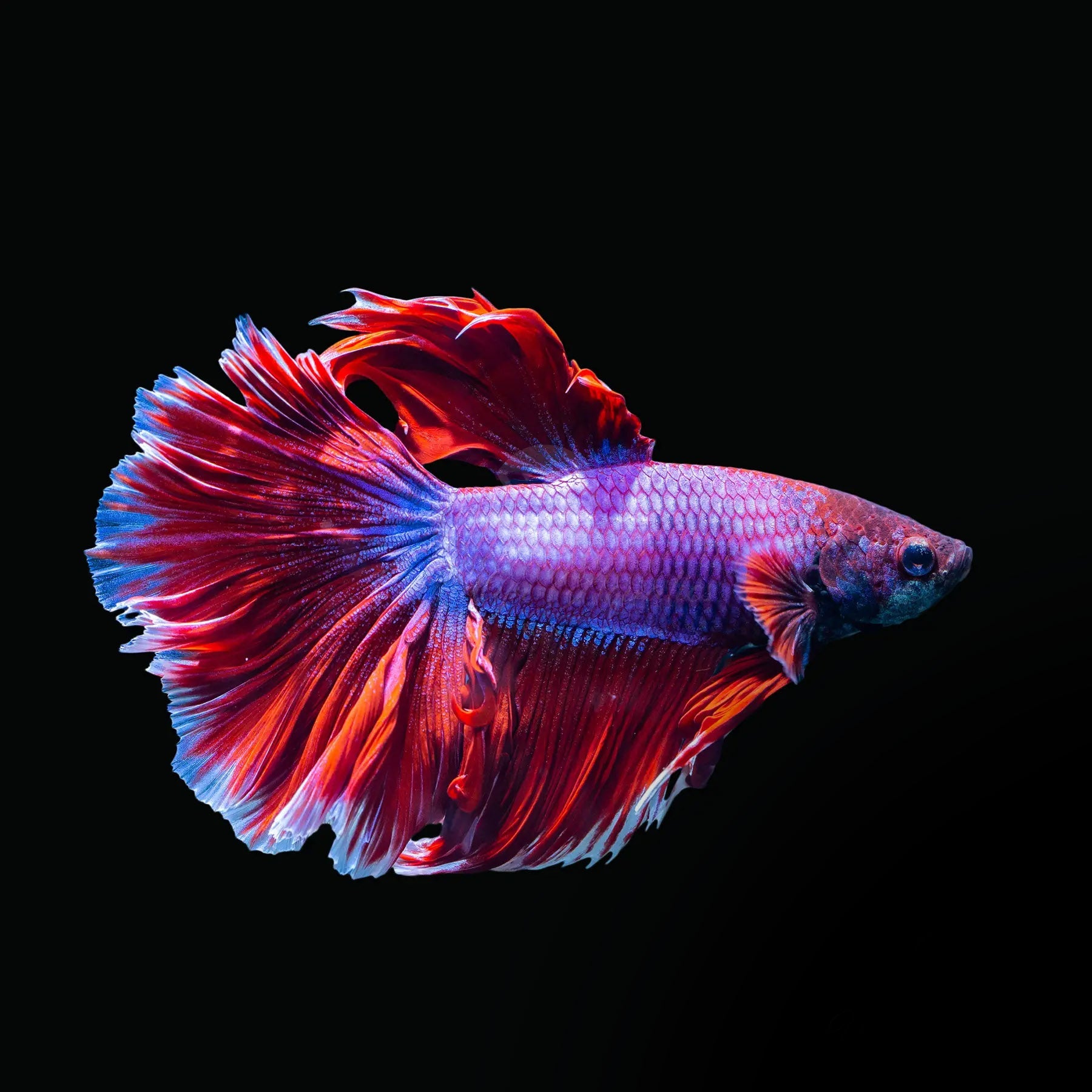
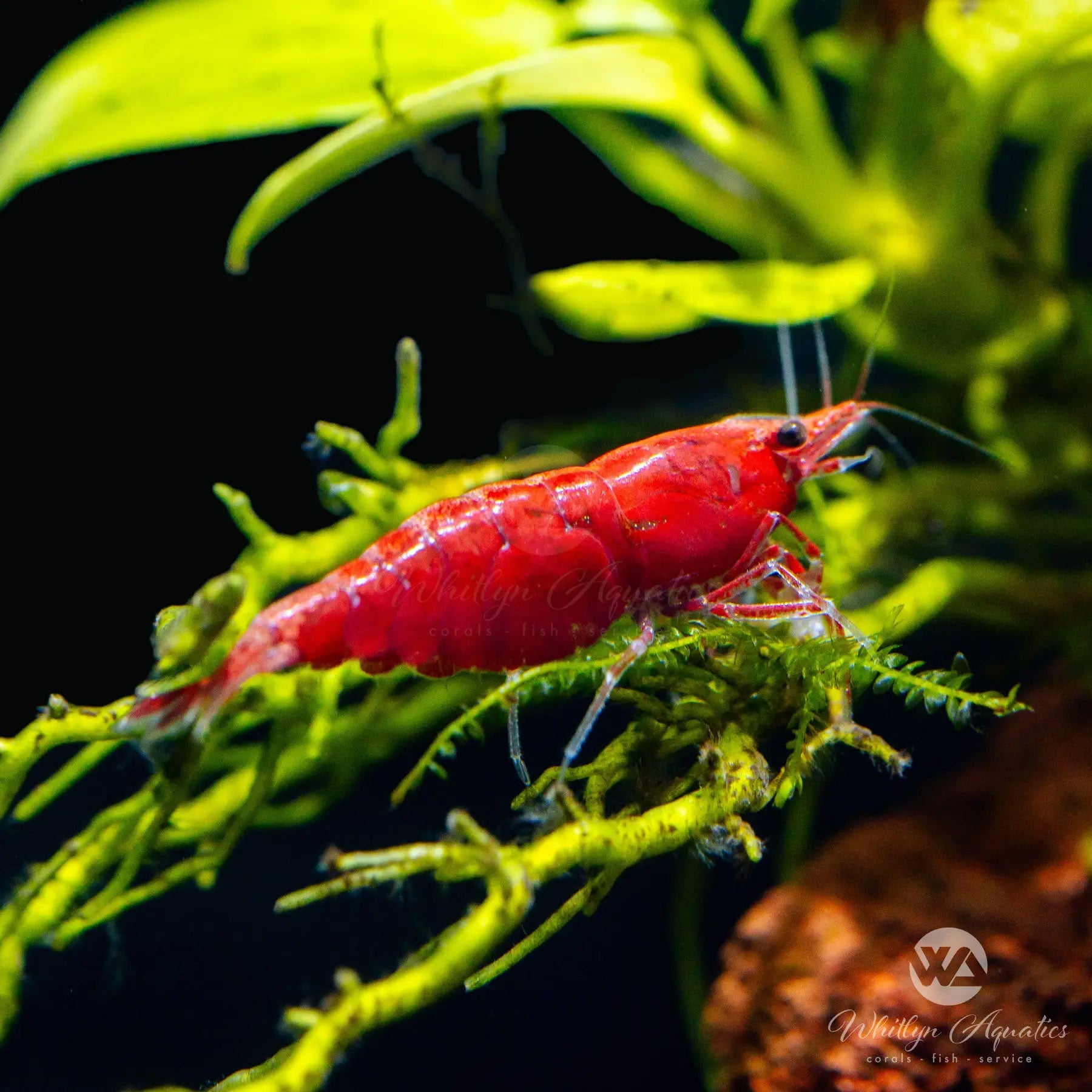
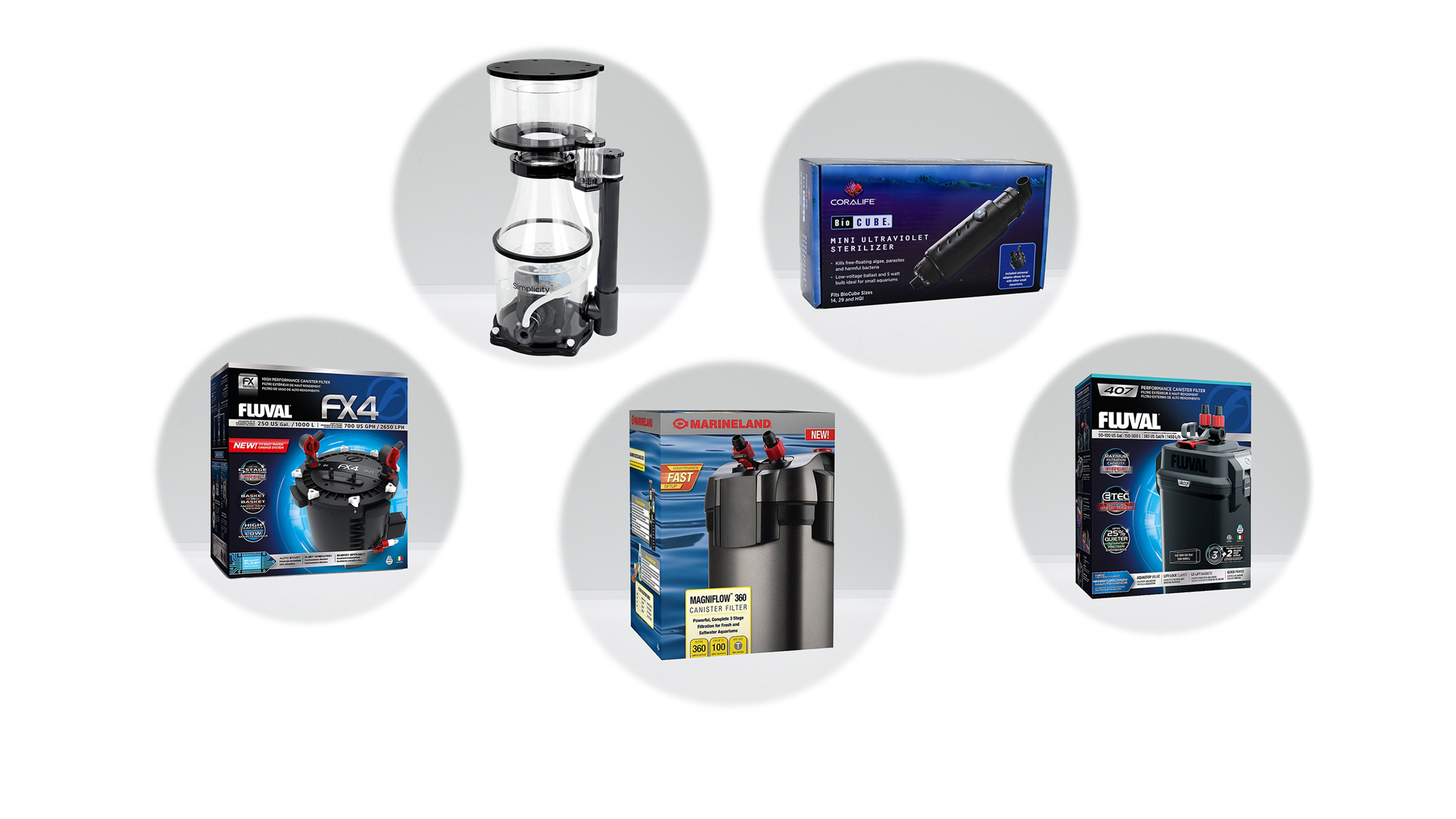
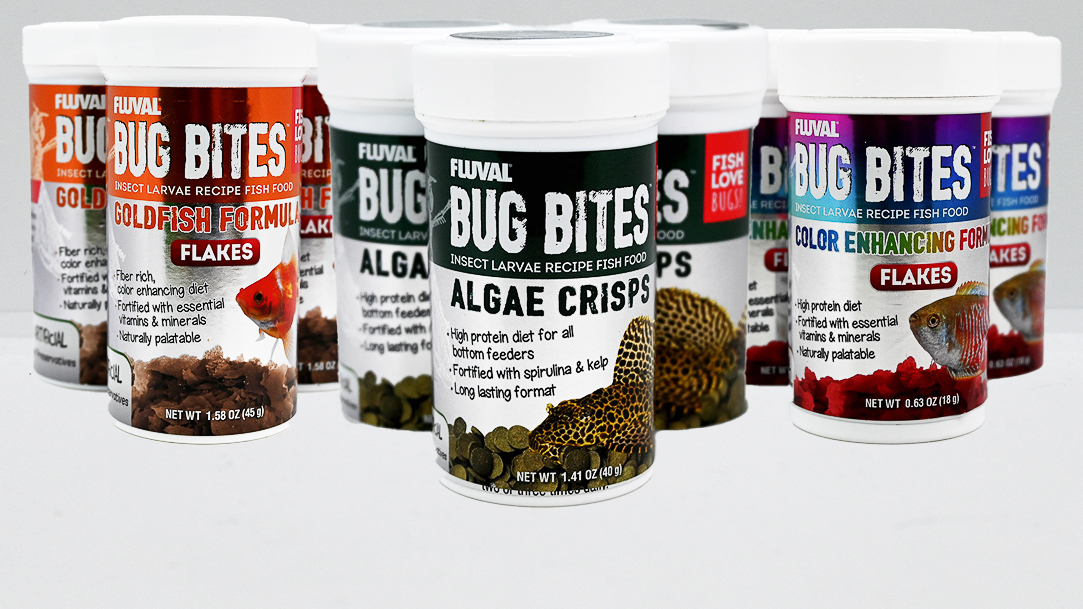
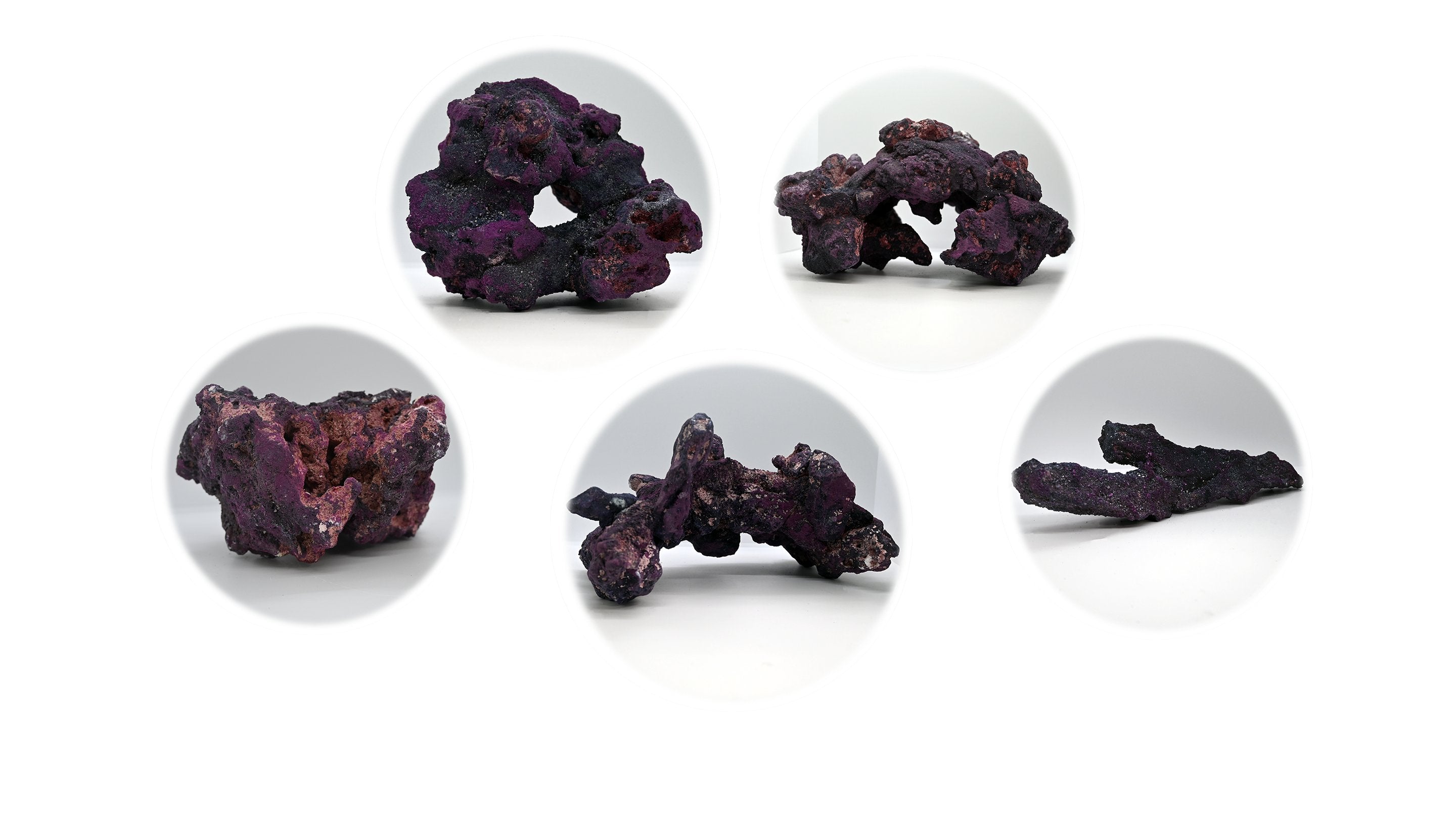
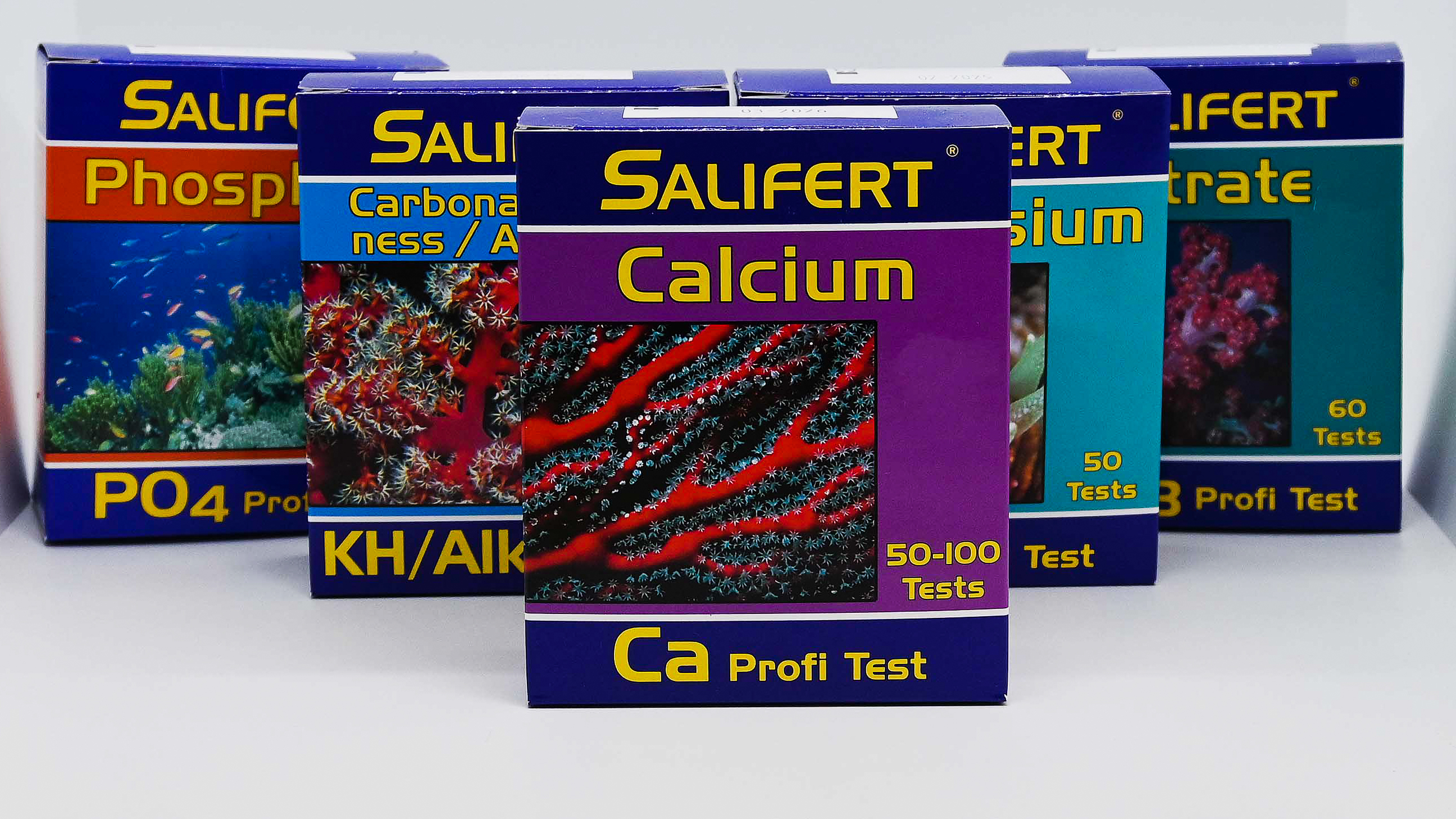
Leave a comment